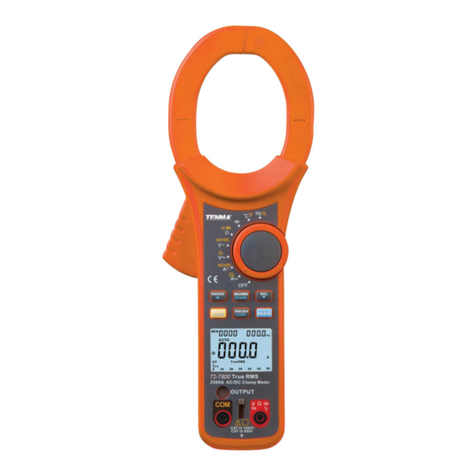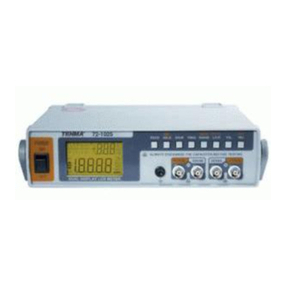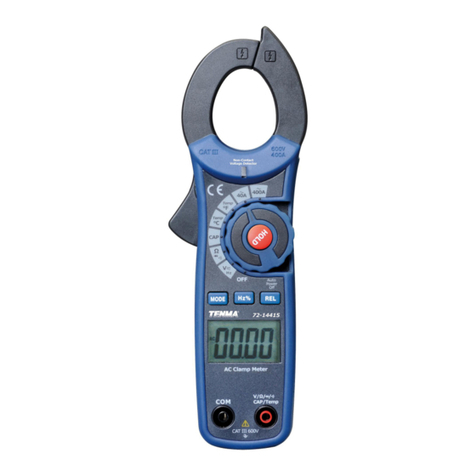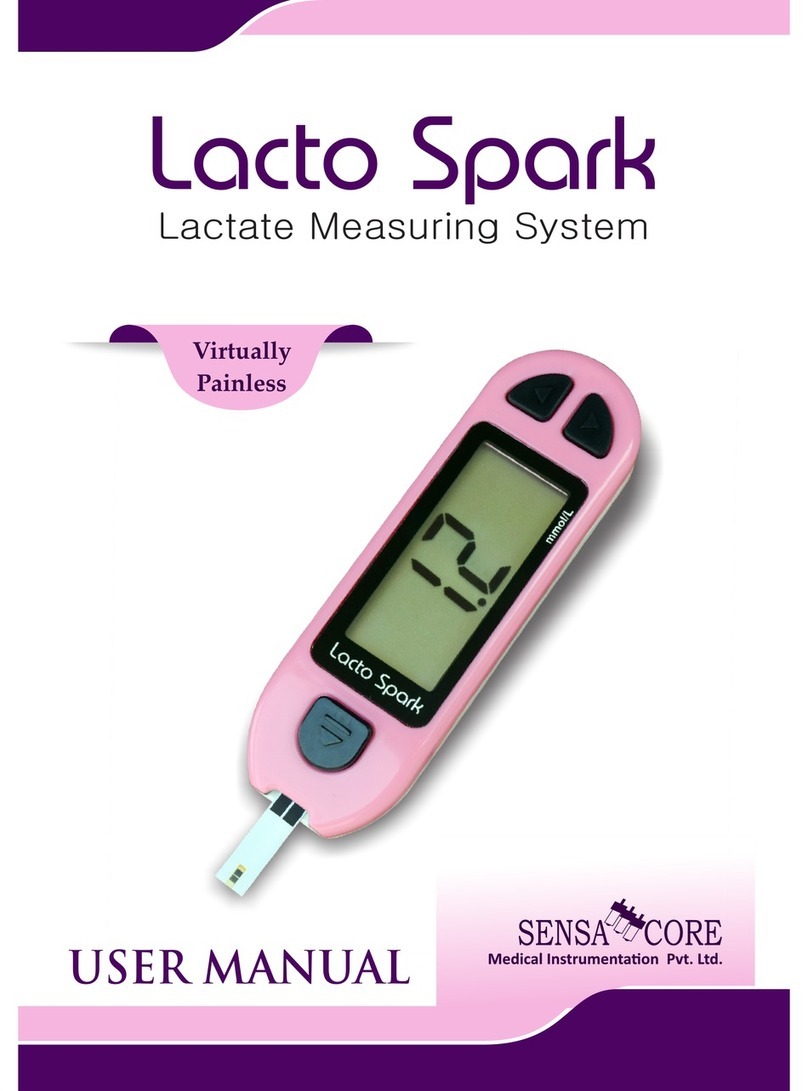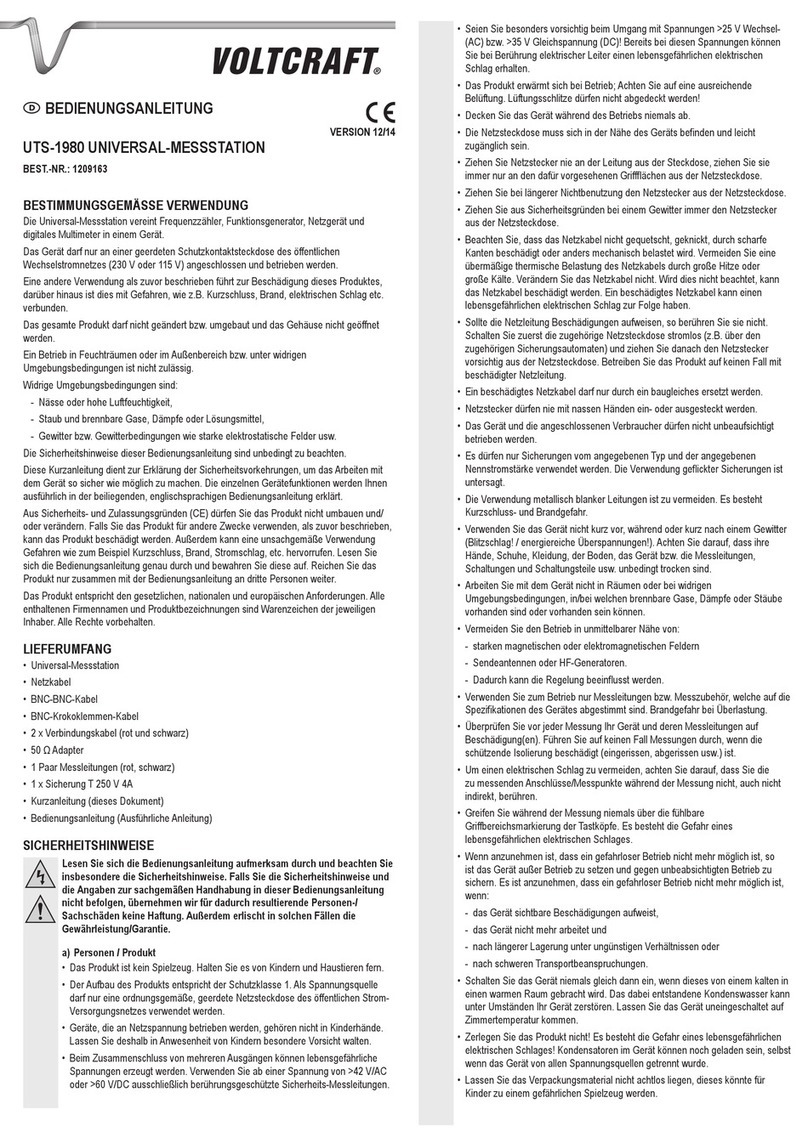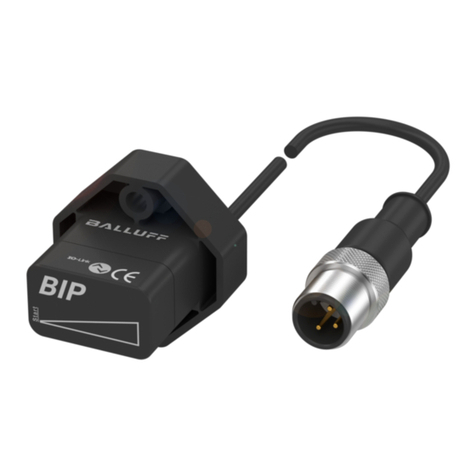Tenma 72-7228 User manual
Other Tenma Measuring Instrument manuals

Tenma
Tenma 72-9490 User manual
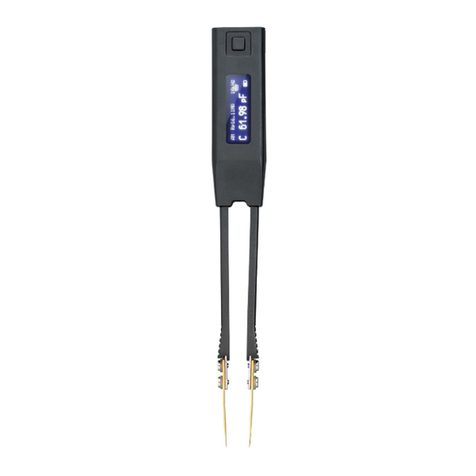
Tenma
Tenma Smart Tweezer ST-5S-BT2 User manual
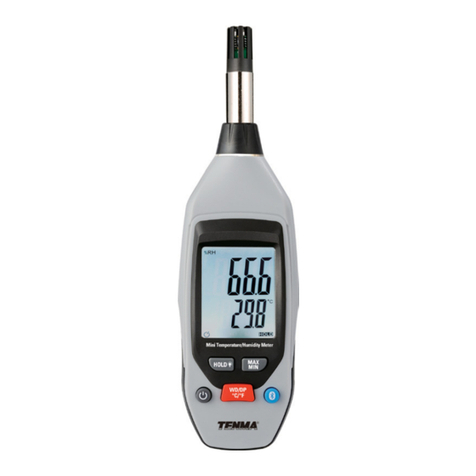
Tenma
Tenma ST-91 User manual
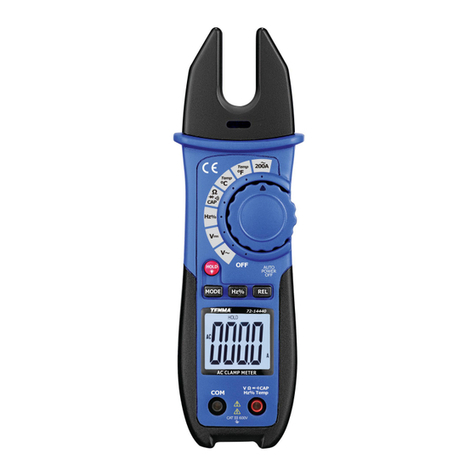
Tenma
Tenma 72-14440 User manual

Tenma
Tenma 72-14435 User manual
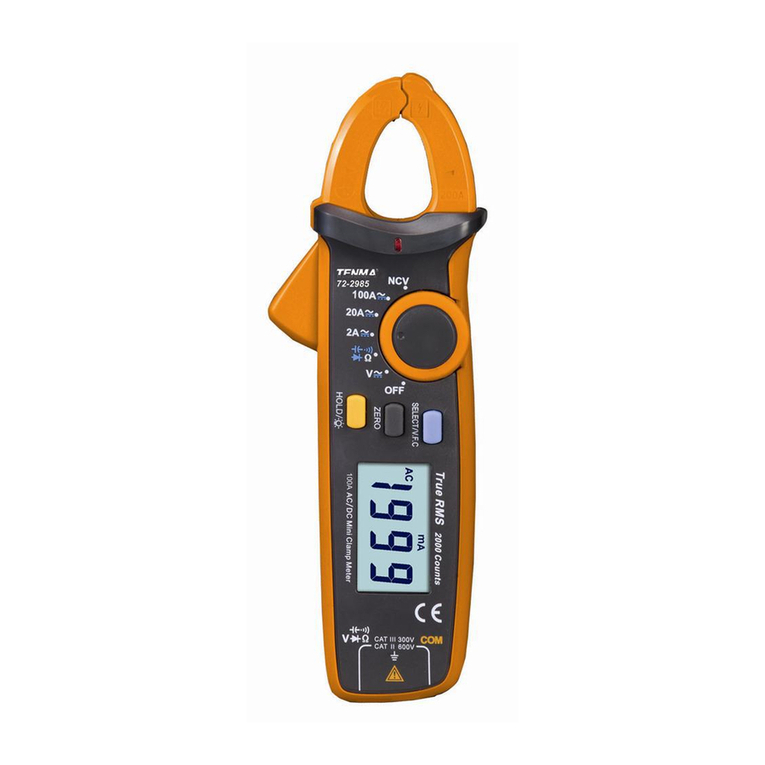
Tenma
Tenma 72-2985 User manual
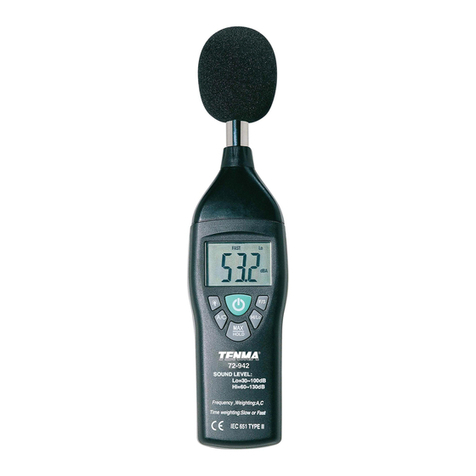
Tenma
Tenma 72-942 User manual
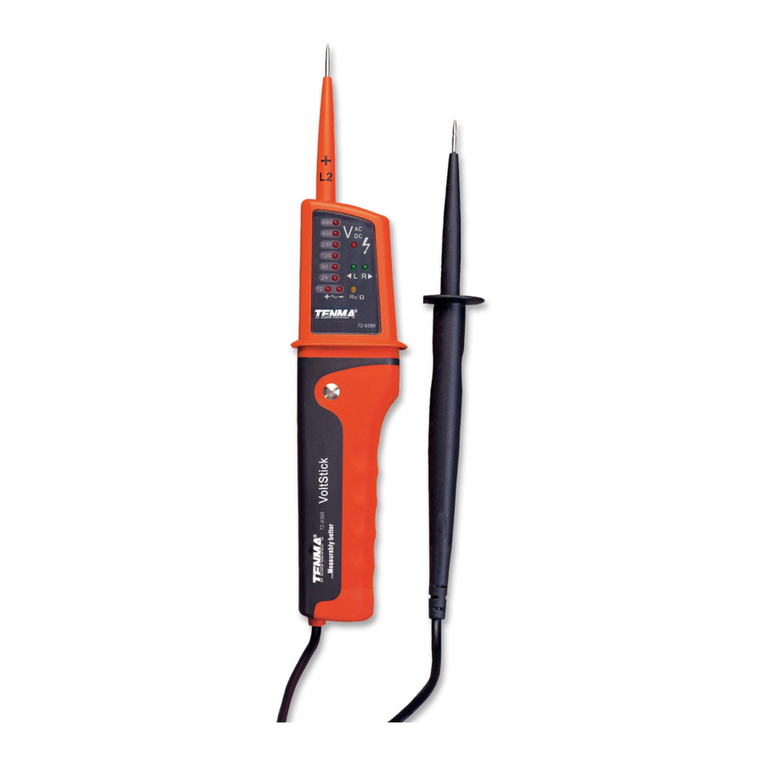
Tenma
Tenma 72-9395 User manual

Tenma
Tenma ST-8920 User manual
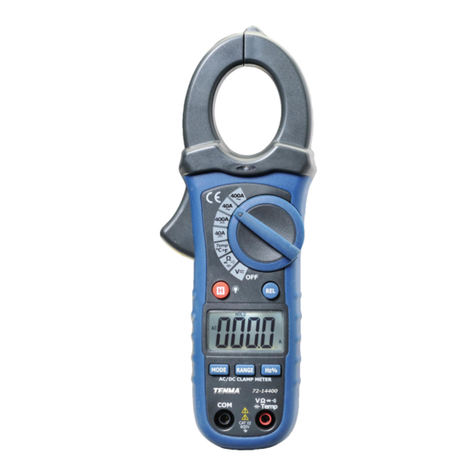
Tenma
Tenma 72-14400 User manual

Tenma
Tenma TEN01073 User manual

Tenma
Tenma 72-10465 User manual
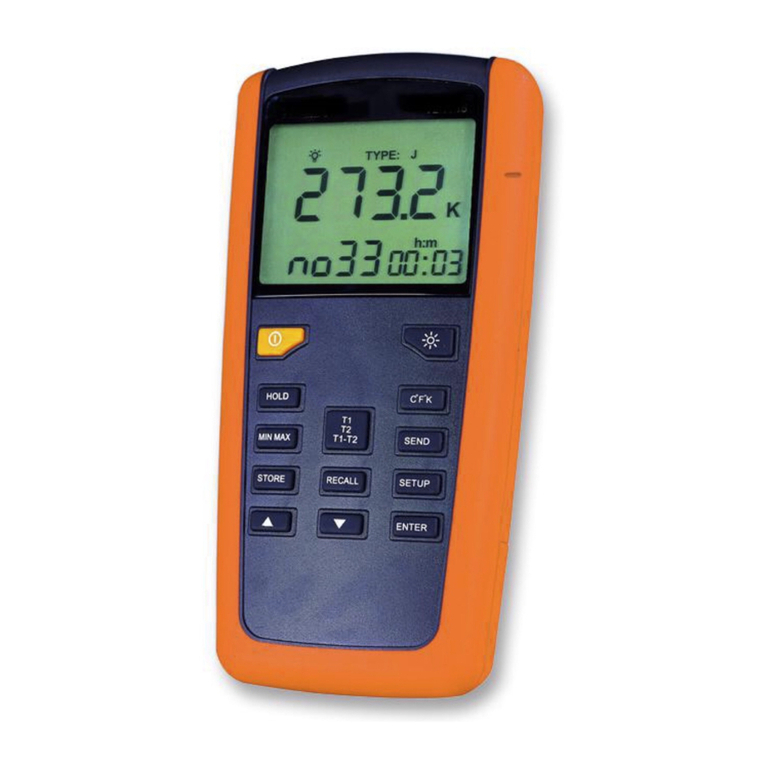
Tenma
Tenma 72-7712 User manual
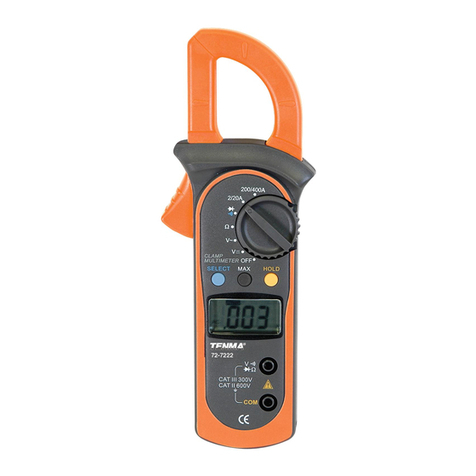
Tenma
Tenma 72-7222 User manual
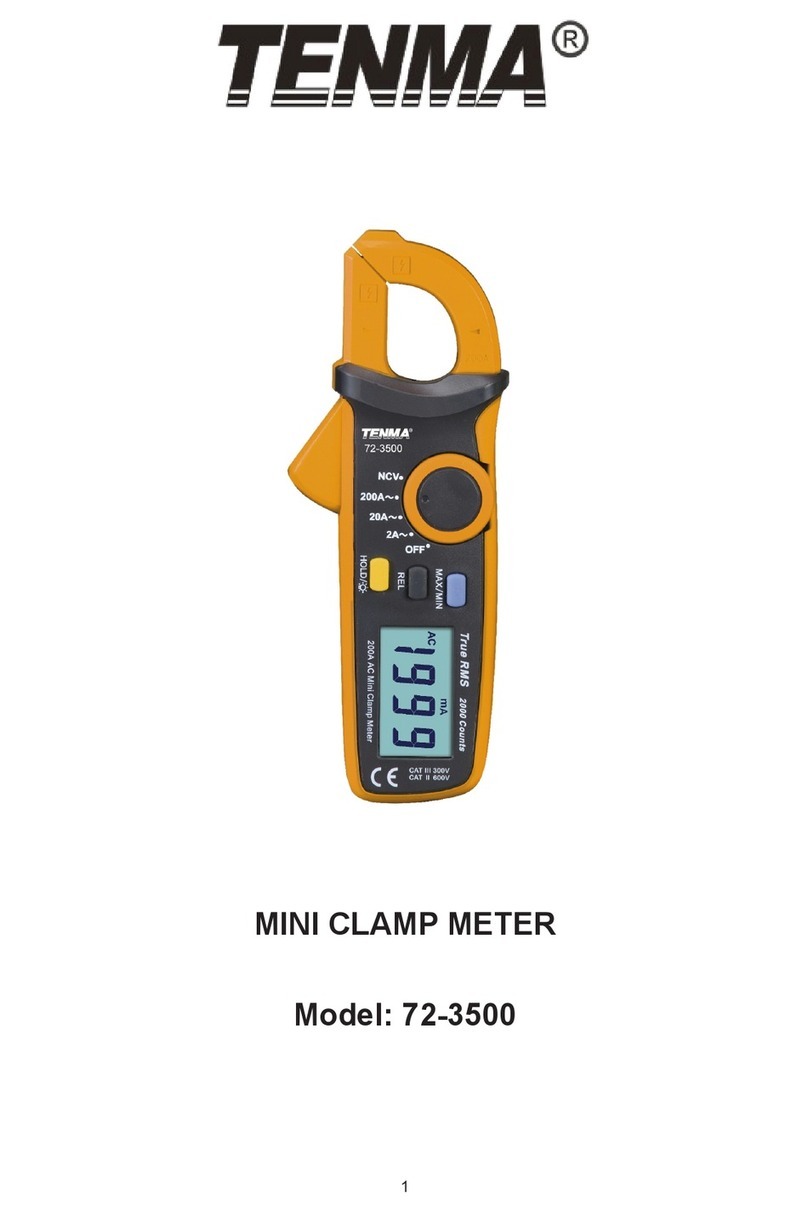
Tenma
Tenma 72-3500 User manual

Tenma
Tenma 72-3545 User manual

Tenma
Tenma TEN01056 User manual
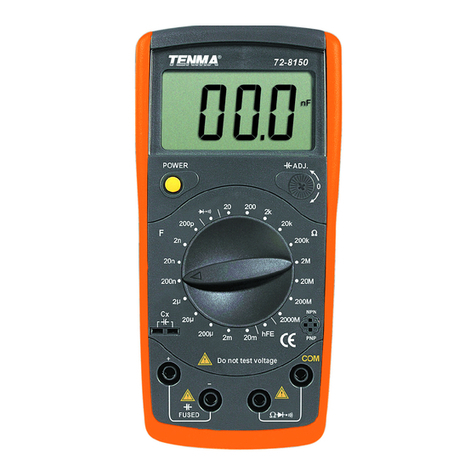
Tenma
Tenma 72-8150 User manual
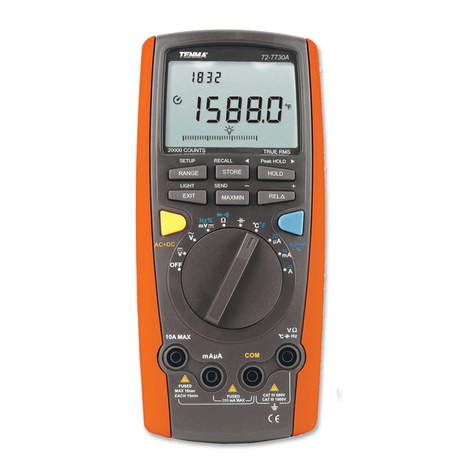
Tenma
Tenma 72-7730A User manual

Tenma
Tenma 72-7224 User manual
Popular Measuring Instrument manuals by other brands
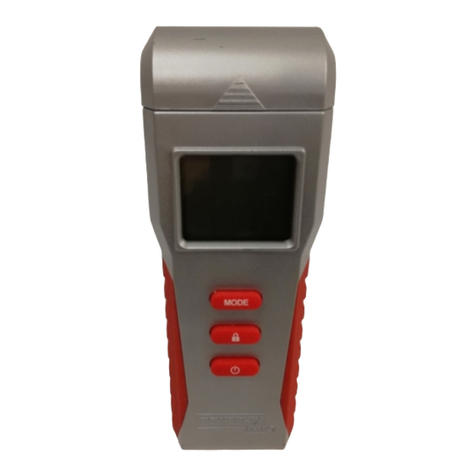
Powerfix Profi
Powerfix Profi 278296 Operation and safety notes

Test Equipment Depot
Test Equipment Depot GVT-427B user manual
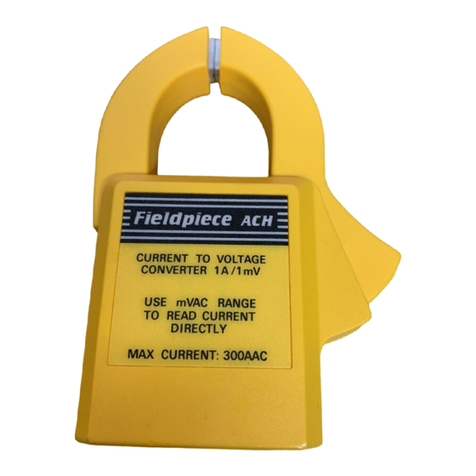
Fieldpiece
Fieldpiece ACH Operator's manual

FLYSURFER
FLYSURFER VIRON3 user manual

GMW
GMW TG uni 1 operating manual

Downeaster
Downeaster Wind & Weather Medallion Series instruction manual
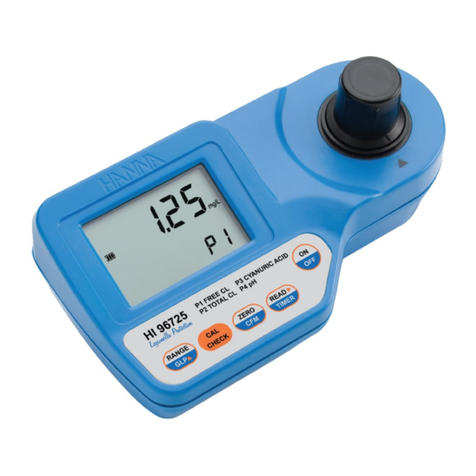
Hanna Instruments
Hanna Instruments HI96725C instruction manual
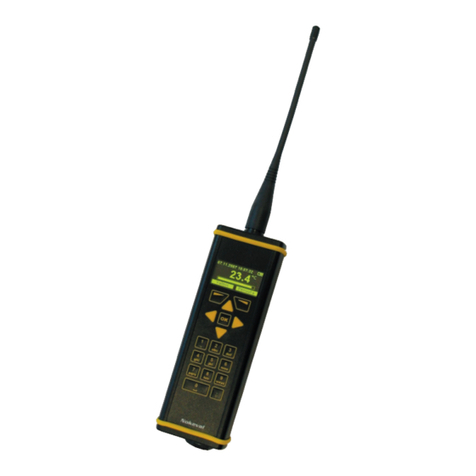
Nokeval
Nokeval KMR260 quick guide
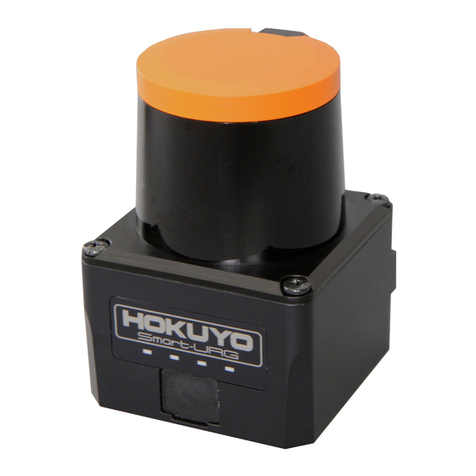
HOKUYO AUTOMATIC
HOKUYO AUTOMATIC UBG-05LN instruction manual
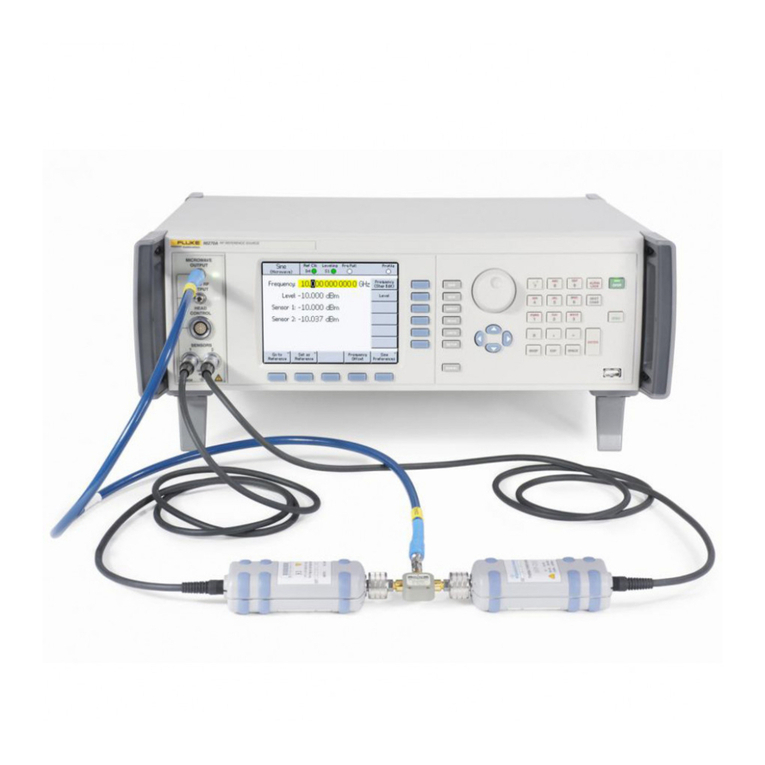
Fluke
Fluke 96000 Series Operator's manual
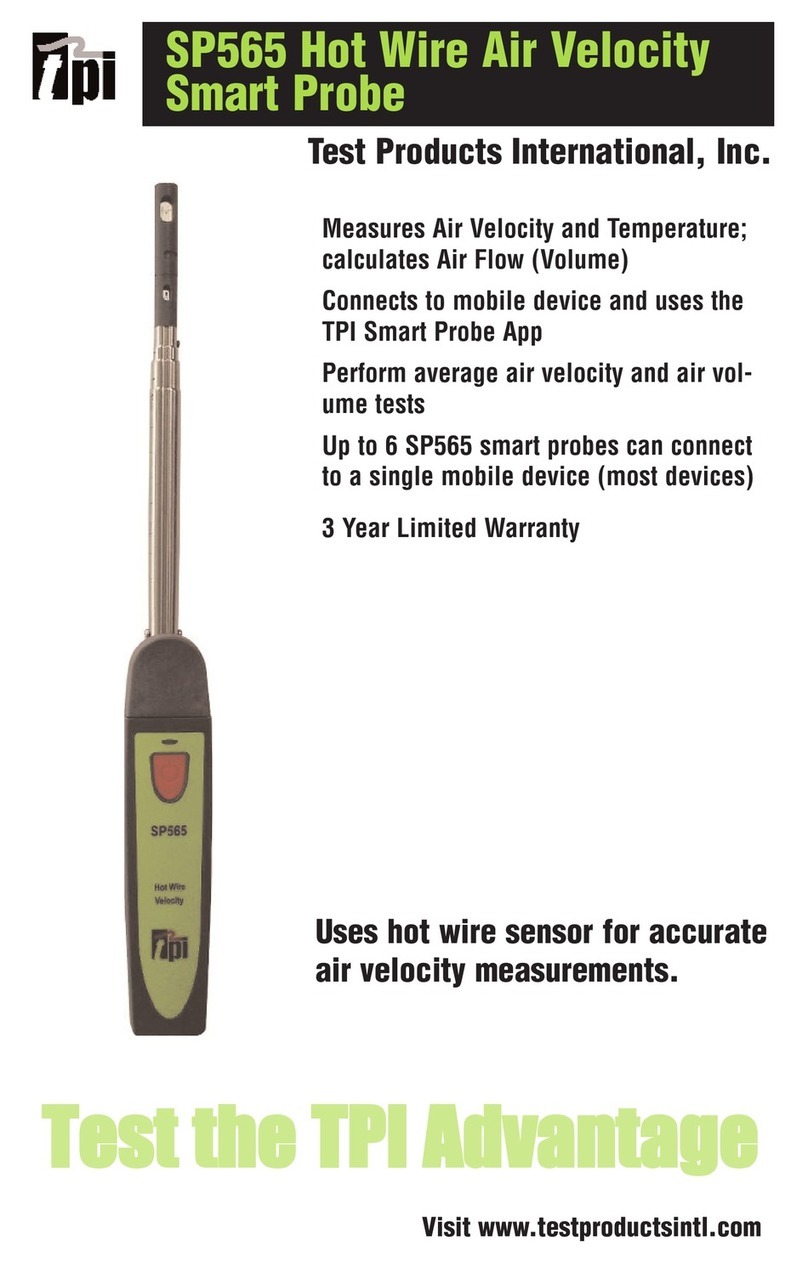
Test Products International
Test Products International SP565 user manual
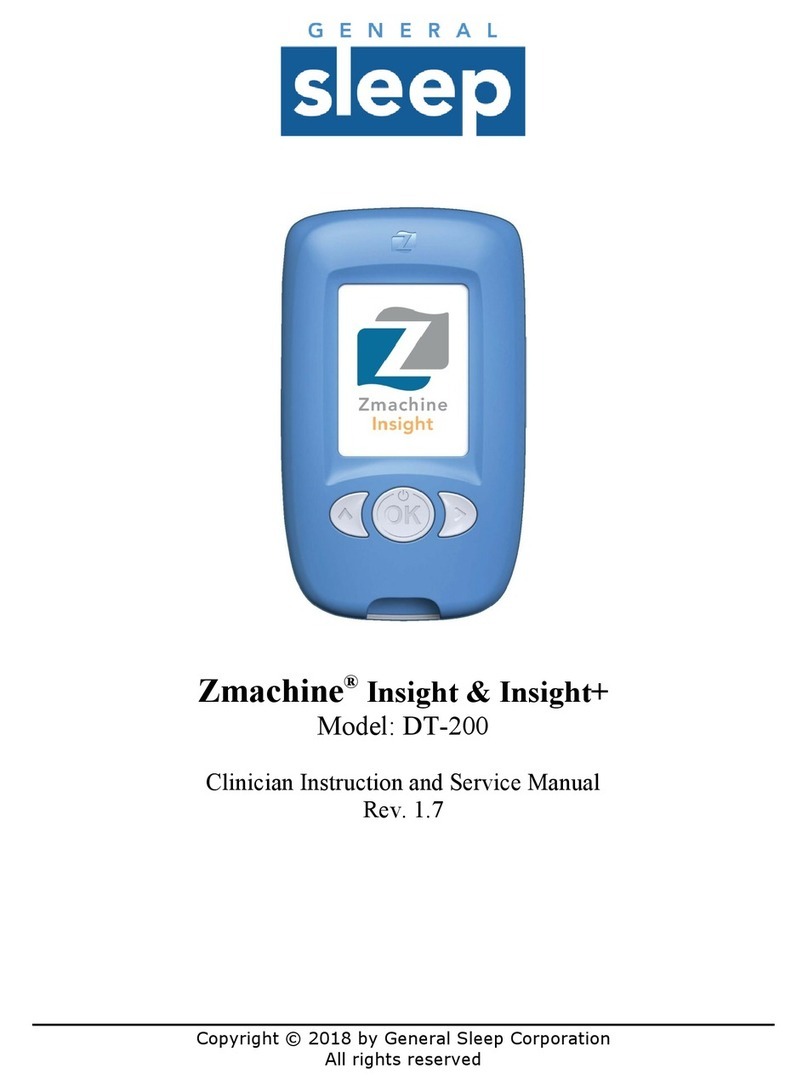
General Sleep
General Sleep Zmachine Insight+ DT-200 Service manual
